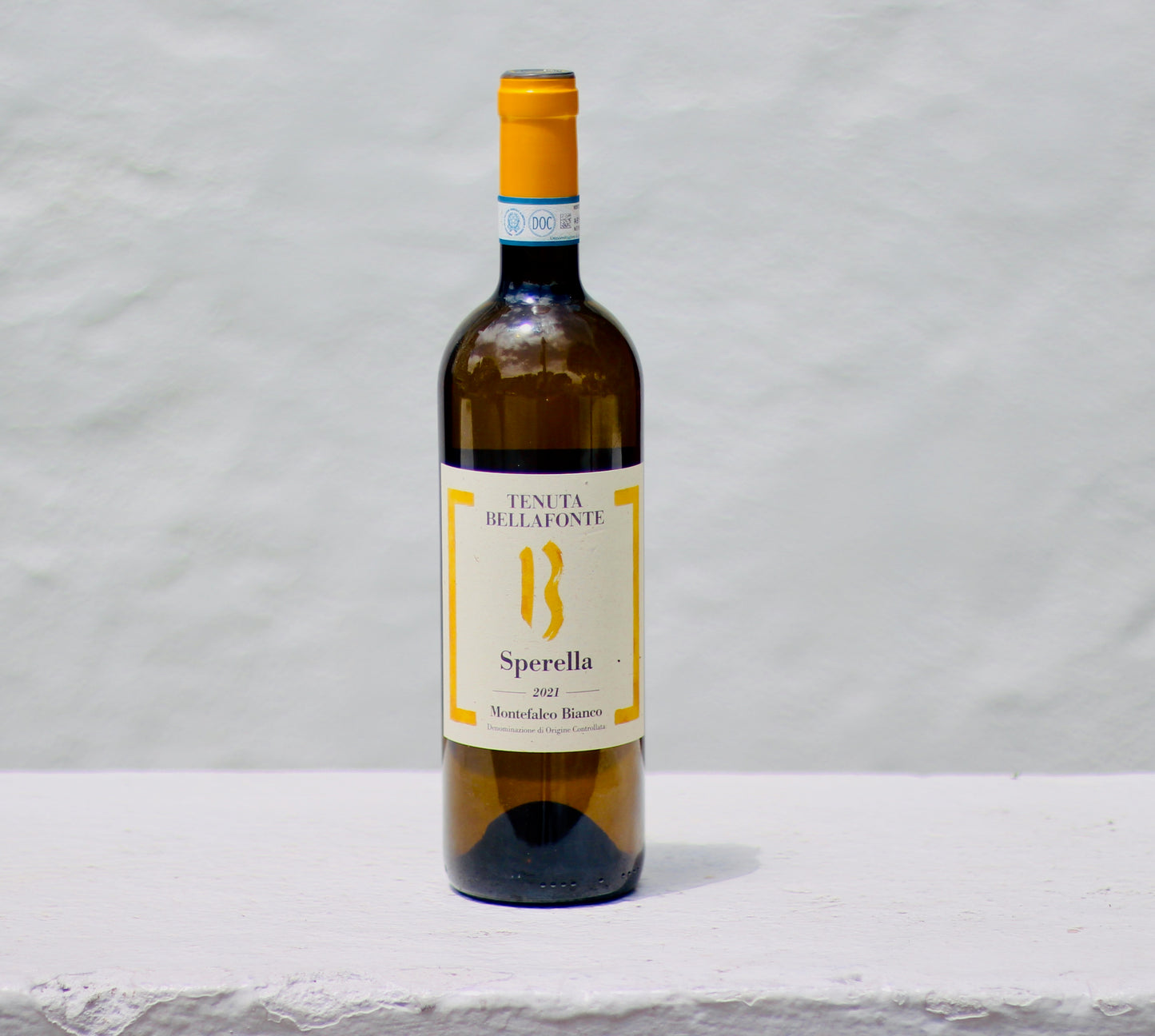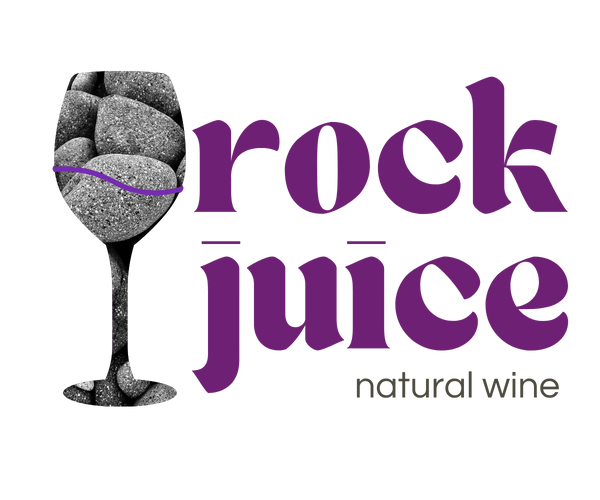2021 Tenuta Bellafonte Montefalco Bianco 'Sperella'
2021 Tenuta Bellafonte Montefalco Bianco 'Sperella'
Region: Montefalco < Umbria< Italy
Grapes: Trebbiano Spoletino
Vineyard/Cellar Stats: Organic farming (uncertified); vineyards on clay, marl and rocky soils surrounded by forest and olive groves; fermented in stainless steel, then aged on the lees for 5 months and in bottle for 4 months; 13% ABV
Winemaker:
We love discovering grape varietals, while also learning something new in the process. Like this obscure white grape, Trebbiano Spoletino, from Umbria, which grows around the hilltop towns of Montefalco and Spoleto, near Perugia. The confusing thing is that Trebbiano covers a whole host of Italian white grape varieties, unrelated to one another – and most of which suck, known for producing vast quantities of dull, flabby whites. Blame Trebbiano Toscana, aka France’s Ugni Blanc, for that. But (and here’s the “learning something new” part), Trebbiano has many faces, exceptions to the dull Trebbiano rule, that make some pretty cool wines. Like Marche’s Verdicchio, which also happens to be the Trebbiano found in Soave and Lugana. And Trebbiano Abruzzese, done on the skins in this Fontefico orange wine. The third is our friend here, Trebbiano Spoletino. None are genetically related, nor do they taste alike.
A long-winded introduction this lovely Trebbiano Spoletino, from our friend Peter Heilbron, a Milan-born F+B industry executive who, after decades in the corporate world, chose to opt out and live the life of a vignaiolo. In 2008, he and his wife Sabina purchased vineyard land and olive groves in the hamlet of Bevagna, in the heart of the Montefalco DOC, with 11-ha of vineyards (the rest of the land is dedicated to woodland, orchards and olive trees). Peter designed the winery, building it into the clay and marl hillside with subterranean porous walls made from gabions (steel baskets filled with stones). The winery is energy independent, using solar panels for electricity and generating heat and hot water by burning vine cuttings in a biomass boiler. In the vineyards, he shuns chemical fertilizers, herbicides and insecticides, using seaweed and plant extracts as a kind of vine homeopathy. He has not pursued organic certification because, in rainy seasons, he sometimes prefers to use a sustainable fungicide to fight mildew rather than copper sulfate, which is permitted for organic use but can build up in the soil and be toxic to bees and other organisms. "I prefer to do it my way," he says.
And his way seems to be working, judging by the quality of the wines, like this lush Trebbiano that smells like flowers and honey, and tastes faintly exotic and tropical, with dried pineapple, mango, citrus and herbs, and a fresh, salty finish. There’s a round fleshiness on the palate tempered by the racy acidity. A delicious and substantial wine, meant for food.
Couldn't load pickup availability


